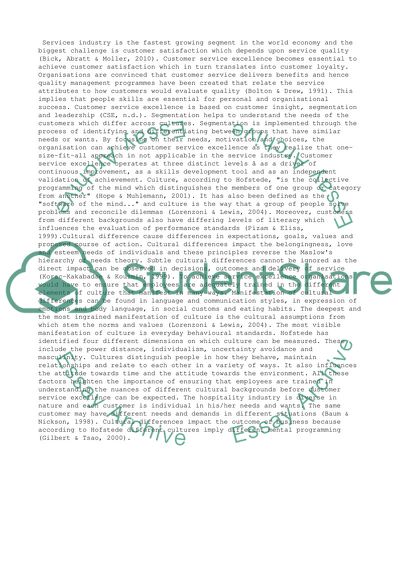Cite this document
(“The Impact of Culture on Best Practice Production Management Essay”, n.d.)
Retrieved de https://studentshare.org/business/1391732-the-impact-of-culture-on-best-practice-production-management
Retrieved de https://studentshare.org/business/1391732-the-impact-of-culture-on-best-practice-production-management
(The Impact of Culture on Best Practice Production Management Essay)
https://studentshare.org/business/1391732-the-impact-of-culture-on-best-practice-production-management.
https://studentshare.org/business/1391732-the-impact-of-culture-on-best-practice-production-management.
“The Impact of Culture on Best Practice Production Management Essay”, n.d. https://studentshare.org/business/1391732-the-impact-of-culture-on-best-practice-production-management.


